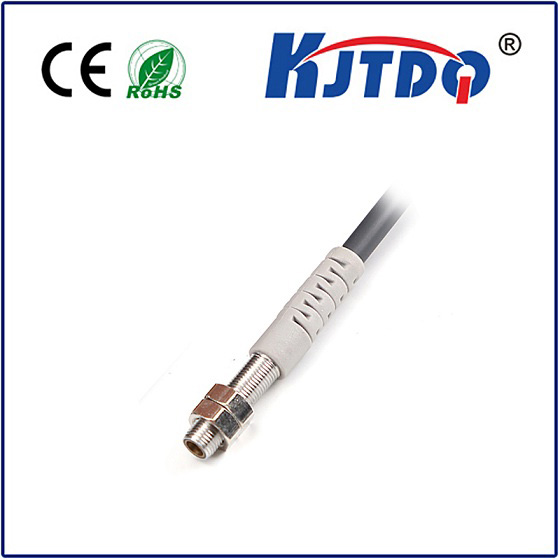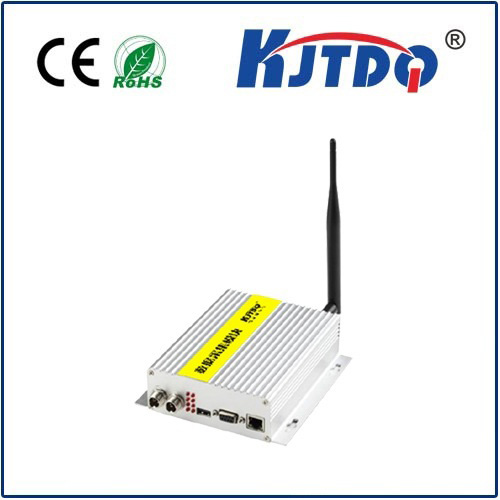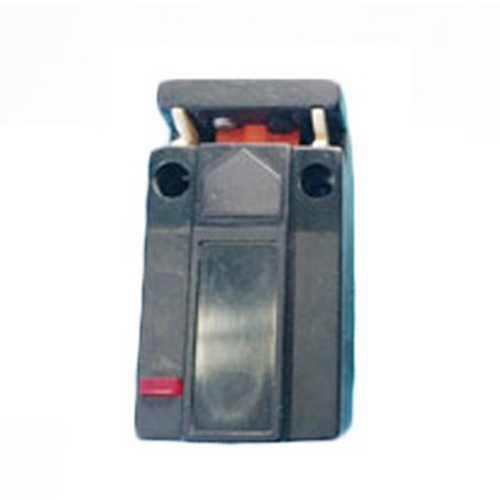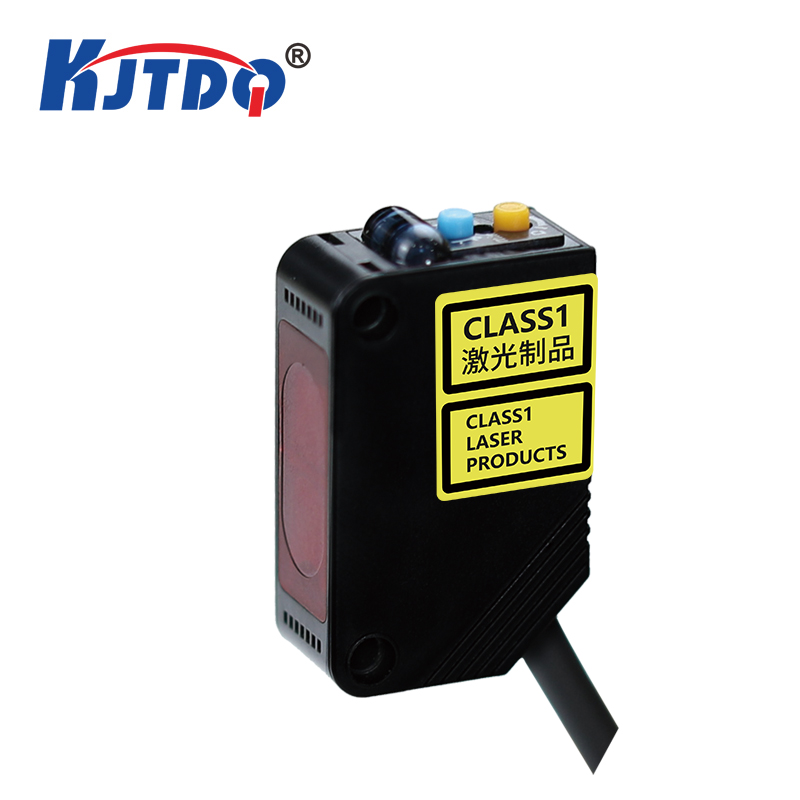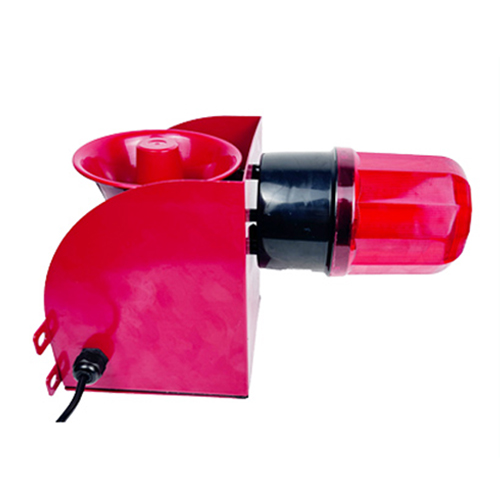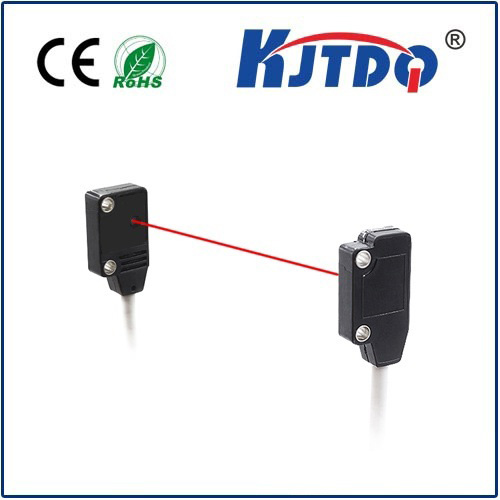npn nc proximity sensors detection
- time:2025-09-06 02:21:04
- Нажмите:0
The Unsung Hero of Automation: Mastering Detection with NPN NC Proximity Sensors
Imagine a high-speed production line bottling your favorite drink. Suddenly, a robotic arm misfires, crashing into equipment because it thought a bottle was present when it wasn’t. The culprit? Unreliable object detection. In the intricate dance of industrial automation, precision sensing is paramount, and where safety, reliability, and fail-safe operation are non-negotiable, NPN NC proximity sensors emerge as critical components. Understanding their unique detection characteristics is key to building robust, dependable systems that minimize costly downtime and maximize operational safety.
Decoding the Acronym: What is an NPN NC Proximity Sensor?
A proximity sensor detects the presence or absence of a target object without physical contact, using electromagnetic fields (inductive), light (photoelectric), sound (ultrasonic), or capacitance. The “НС” and “НС” specifications define its electrical output configuration:
- NPN (Sinking): This refers to the transistor type inside the sensor’s output circuit. An NPN sensor sinks current to ground. Essentially, when active, it provides a path to ground (0V) for the load connected to the positive supply voltage (typically 24VDC). Think of it as “switching the negative side.”
- NC (Normally Closed): This describes the sensor’s resting state. An NC sensor has its output signal circuit closed when no target is present. When a target enters the sensing range, the circuit opens, interrupting the signal current flow.
Therefore, an NPN NC proximity sensor provides an output signal path to ground (the NPN part) that is “closed” (current can flow) when no target is detected, and “open” (no current flows) when a target is detected.
Why Choose NPN NC? The Power of Normally Closed Logic
The choice between Normally Closed (NC) and Normally Open (NO) configurations hinges on the desired failure mode safety and application logic:

- Fail-Safe Operation & Safety Priority: This is the prime advantage of NC configurations. If the sensor fails (e.g., wiring break, power loss, internal component failure), the circuit opens, mimicking the “target detected” state. In safety-critical applications, this forces the machine into a safe state (e.g., stopping a conveyor, preventing a press from closing, triggering an alarm). For instance, an NPN NC sensor used as a safety guard monitor will stop the machine if the guard is opened (breaking the sensor’s field) or if the sensor itself malfunctions, providing inherent safety.
- Absence Detection: NC sensors are inherently programmed for detection of absence. They signal an “event” (the output opens) when something arrives. This is ideal for:
- Verifying a part has been removed from a fixture.
- Confirming a pallet has exited a workstation.
- Detecting empty positions on an indexing table.
- Monitoring for the absence of material on a conveyor (triggering refill).
- No-Power Verification: In certain diagnostic scenarios, the closed-circuit state of an NC sensor when de-energized can be used for basic circuit continuity checks.
Key Applications Leveraging NPN NC Detection
The unique characteristics of NPN NC proximity sensors make them indispensable in numerous scenarios demanding high reliability and safety-focused detection:
- Machine Guarding & Safety Interlocks: Mounted on access doors or safety guards. The sensor’s field is interrupted when the door is open, opening the output circuit (NPN NC state change) and sending an immediate “stop” signal to the machine controller, ensuring operator safety. The NC configuration guarantees safety even if the sensor fails.
- Position Verification (Absence): Ensuring a robotic gripper has released a part before moving back to pick up another. The NC sensor detects the absence of the part in the gripper jaws.
- Part Counting/Tracking (via Absence): Detecting when an item leaves a specific station on an assembly line triggers the counter increment. The NC sensor opens on exit.
- Empty Pallet/Container Detection: Signaling when a pallet or container has been removed from a loading/unloading position.
- End-of-Travel Limits (Safety): Used as a backup limit switch on linear actuators or cylinders. If the primary sensor fails, the NPN NC end-of-travel sensor opens upon contact (or near-contact), preventing over-travel damage.
- Jamming & Breakage Detection: A continuous material web (paper, film, textile) breaks or jams, interrupting the sensor’s field. The output opens, signaling the fault and stopping the line.
Integrating NPN NC Sensors: Wiring Considerations
Integrating an NPN NC proximity sensor requires understanding its sinking output:
- Power Supply: Requires a DC power supply (commonly 10-30VDC).
- Load Connection: The load (e.g., PLC input module, relay coil, indicator lamp) must be connected between the sensor’s output wire (usually black) and the positive supply voltage (+V).
- Output Behavior:
- No Target: Output (black wire) is connected internally to ground (0V). Current flows from +V, through the load, into the sensor’s output, to ground. The PLC/load sees a “low” or “on” signal (depending on PLC input type).
- Target Detected: The internal connection to ground opens. No current flows. The load is de-energized. The PLC/load sees an “open circuit” or “off” state.
NPN NC vs. PNP NO: Choosing the Right Tool
The choice between NPN and PNP, and NC and NO, depends entirely on the control system’s input requirements and the desired safety logic:
PNP (Sourcing): Provides a positive voltage output when active. Load connects between output and ground.
NPN (Sinking): Provides a ground path when active. Load connects between +V and output.
NO (Normally Open): Output circuit is open at rest, closes when target detected. Ideal for presence detection where an active signal confirms an object is there.
NC (Normally Closed): Output circuit is closed at rest, opens when target detected. Ideal for absence detection and fail-safe operation, where loss of signal indicates an event/failure.
Mixing Types: Critical! Never mix NPN and PNP sensors on the same PLC input type without understanding the sink/source requirements. Connecting an NPN sensor to a sourcing PLC input (or vice-versa) will likely damage the sensor or PLC. Understanding the PLC input card’s design (sinking vs. sourcing) is essential for compatibility. NC vs NO configuration is a separate logical choice dictated by the application need.
Optimizing NPN NC Sensor Performance for Reliable Detection
To maximize the detection reliability of your NPN NC proximity sensors:
- Correct Mounting & Sensing Distance: Adhere strictly to the sensor’s specified mounting dimensions and ensure the target material, size, and approach direction are suitable for its sensing range. Don’t operate at the absolute

